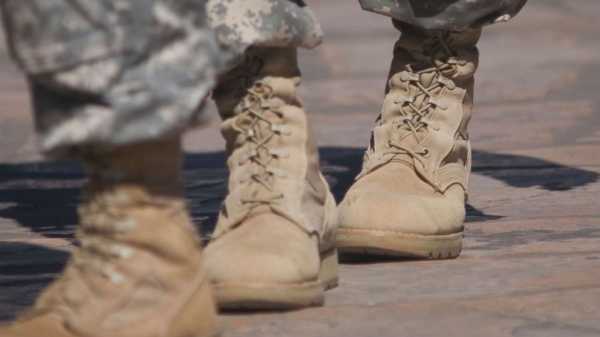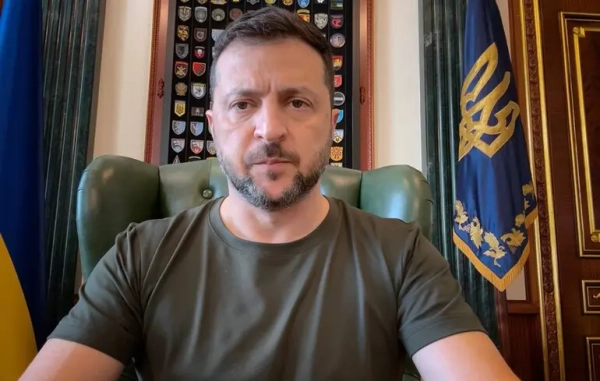
Defense Secretary James Mattis sent his private recommendation to the White House a month ago but it hasn’t been revealed.
After the president’s tweets, March 23 was the date set in the presidential memorandum submitted to the Department of Defense (DoD) and the Department of Homeland Security (DHS).
Pentagon sends recommendation on transgender troops to the White House
Second transgender individual signs contract with US military as Trump debates final policy
In legalese, the memorandum states, “Sections 1(b) and 2(b) of this memorandum shall take effect on March 23, 2018.”
Section 1(b) directed DoD and DHS to revert to the policy toward transgender individuals prior to June 2016, when the Obama administration allowed transgender service members to serve openly for the first time. Section 2(b) halted DoD and DHS resources to fund “sex reassignment surgical procedures” for service members.
But the timeline provided in the memo has not always been followed.
Mattis was supposed to send his private recommendation to the White House Feb. 21, but actually sent it a few days later on Feb. 23. Defense officials have not said what it was.
Since Trump’s tweets, federal courts have rejected portions of the proposed ban.
Most notably, beginning Jan. 1, the Pentagon complied with a court order that allowed transgender individuals to join the military if they met strict criteria, including certifications from a medical provider about the status of their health.
Two transgender individuals are already under contract to serve in the U.S. military since that court ruling.
Whatever policy the president announces will be subject to and restrained by existing court orders, unless the Department of Justice has judges dissolve preliminary injunctions.
What do we know about transgender service members?
Last year, defense officials estimated there were about 200 transgender individuals in the U.S. military who had self-reported to their services a desire for some form of medical treatment related to their gender identity.
However, the actual number of transgender service members is still unknown, primarily because military personnel records do not currently track transgender individuals.
A 2016 Rand study, which was referenced by former defense secretary Ash Carter, estimated that 2,450 active duty service members might be transgender, with 1,510 in reserve units.
The same Rand study said the “little research” on transgender service members showed “little or no impact on unit cohesion, operational effectiveness, or readiness.”
“Commanders noted that the policies had benefits for all service members by creating a more inclusive and diverse force,” the study said.
At the time of the study, 18 countries, including the United Kingdom, Israel, Canada, and Australia, allowed transgender personnel to serve openly.
Sourse: abcnews.go.com






